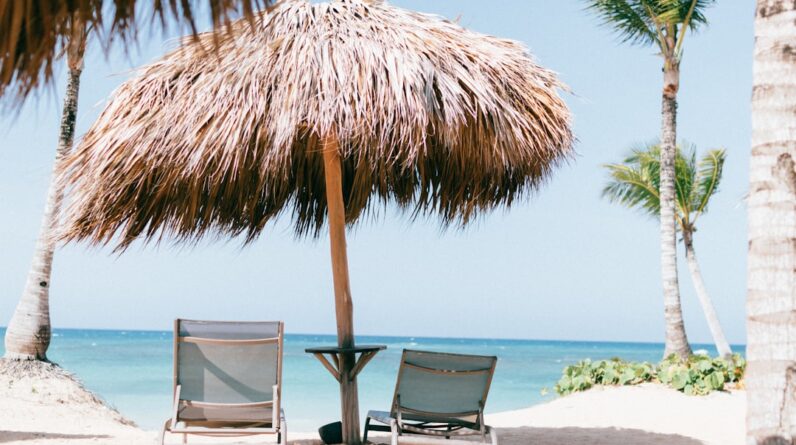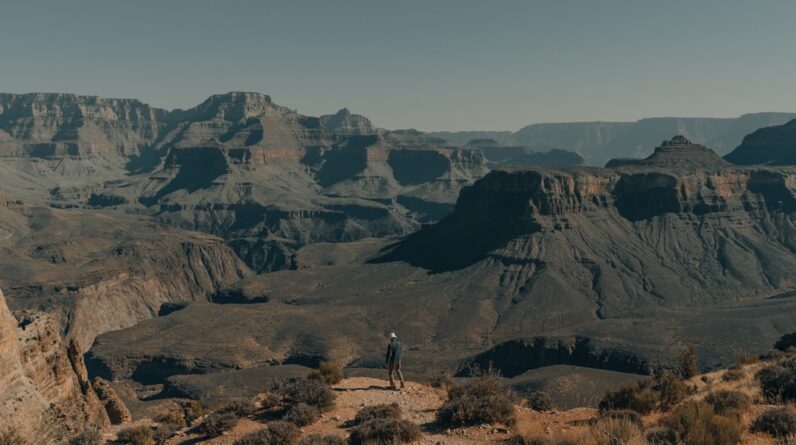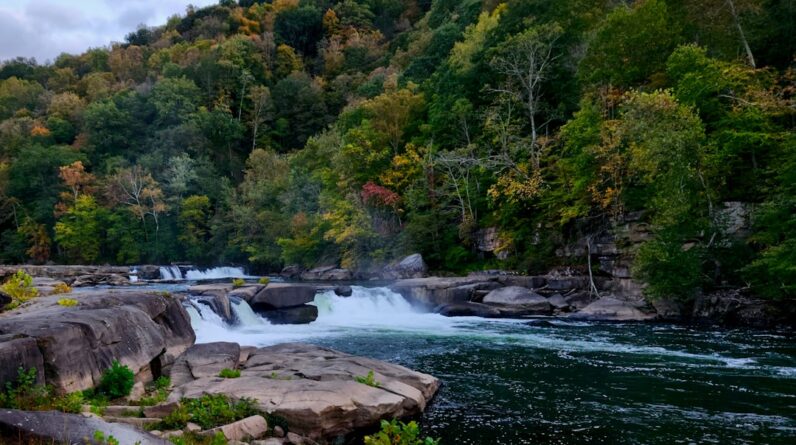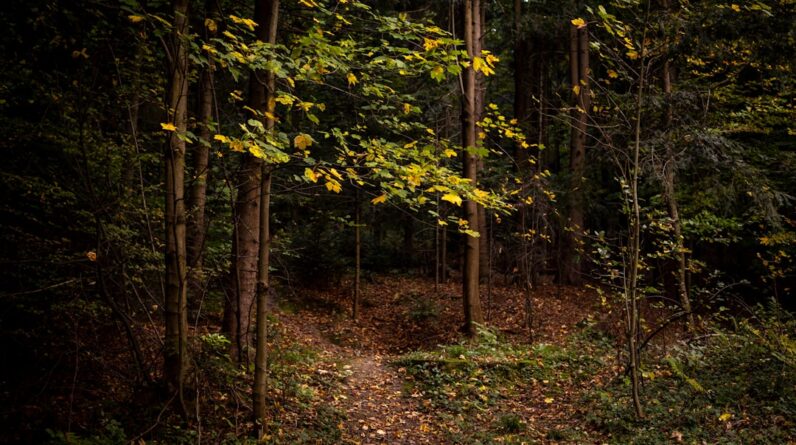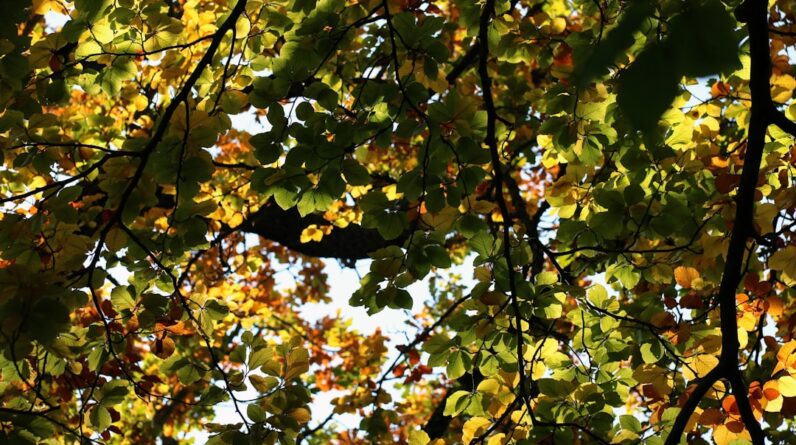Lake Superior Provincial Park is a stunning natural gem located in Ontario, Canada. Situated along the northeastern shore of Lake Superior, the park spans over 1,550 square kilometers and offers visitors a diverse range of landscapes and activities to explore. Established in 1944, the park has a rich history and is known for its pristine coastal area, which is considered one of the most beautiful in the world.
The coastal area of Lake Superior Provincial Park is of great importance due to its ecological significance and natural beauty. The park’s shoreline stretches for over 100 kilometers and is characterized by rugged cliffs, sandy beaches, and crystal-clear waters. This unique coastal environment supports a wide variety of plant and animal species, making it an important habitat for biodiversity. The park’s coastal area also provides visitors with opportunities for outdoor recreation and relaxation, making it a popular destination for nature lovers and adventure seekers alike.
Key Takeaways
- Lake Superior Provincial Park is a stunning natural area in Ontario, Canada.
- The park’s shoreline along Lake Superior is particularly magnificent, with rugged cliffs and clear blue waters.
- Visitors can explore the coastal wonders of the park through hiking trails and beach access.
- Wildlife encounters are common along the shoreline, including moose, black bears, and bald eagles.
- The geological marvels of the coastline, including ancient rock formations and fossils, are a must-see for any visitor.
The Magnificent Shoreline of Lake Superior
Lake Superior is the largest freshwater lake in the world by surface area, covering over 82,000 square kilometers. It is also the deepest of the Great Lakes, reaching depths of up to 406 meters. The lake’s size and significance make it a truly awe-inspiring sight to behold.
The shoreline of Lake Superior Provincial Park is equally as impressive. It is characterized by towering cliffs that rise dramatically from the water’s edge, creating a breathtaking backdrop against the crystal-clear waters of the lake. These cliffs are made up of ancient volcanic rock formations that have been shaped by thousands of years of erosion from wind and waves.
In addition to the cliffs, the park’s shoreline is also home to numerous sandy beaches and secluded coves. These beaches offer visitors a chance to relax on the soft sand or take a refreshing dip in the cool waters of Lake Superior. The combination of rugged cliffs and sandy beaches makes for a truly unique and picturesque coastline that is unlike any other.
Discovering the Coastal Wonders of Lake Superior Provincial Park
Lake Superior Provincial Park offers visitors a wide range of activities to enjoy along its stunning coastline. From hiking and camping to swimming and kayaking, there is something for everyone to enjoy.
One of the most popular activities in the park is hiking. The park boasts over 100 kilometers of hiking trails, many of which offer stunning views of the lake and surrounding landscape. Whether you’re a beginner or an experienced hiker, there are trails available for all skill levels. Some of the most scenic trails include the Coastal Trail, which follows the shoreline and offers breathtaking views of the lake, and the Orphan Lake Trail, which takes you through a beautiful forested area before reaching a secluded beach.
While exploring the coastal area, it is important to respect the natural environment and follow Leave No Trace principles. This means packing out any trash, staying on designated trails, and avoiding disturbing wildlife or plant life. By practicing responsible outdoor ethics, we can help preserve the beauty of Lake Superior Provincial Park for future generations to enjoy.
Hiking the Coastal Trails of Lake Superior Provincial Park
Lake Superior Provincial Park is a hiker’s paradise, with a variety of trails that showcase the park’s stunning coastal scenery. Whether you’re looking for a leisurely stroll or a challenging hike, there is something for everyone to enjoy.
One of the most popular hiking trails in the park is the Coastal Trail. This 65-kilometer trail follows the shoreline of Lake Superior and offers breathtaking views of the lake and surrounding landscape. The trail is divided into several sections, allowing hikers to choose their desired distance and difficulty level. Along the way, hikers can expect to see rugged cliffs, sandy beaches, and dense forests teeming with wildlife.
For those looking for a shorter hike, the Orphan Lake Trail is a great option. This 6-kilometer trail takes hikers through a beautiful forested area before reaching a secluded beach on the shores of Lake Superior. The trail is relatively easy and offers stunning views of the lake and surrounding landscape.
Another popular trail in the park is the Nokomis Trail. This 10-kilometer loop trail takes hikers through a diverse range of landscapes, including forests, wetlands, and rocky outcrops. Along the way, hikers can enjoy panoramic views of Lake Superior and may even spot some wildlife.
Exploring the Beaches of Lake Superior Provincial Park
Lake Superior Provincial Park is home to several beautiful beaches that offer visitors a chance to relax and unwind. From sandy shores to rocky coves, there is a beach for every preference.
One of the most popular beaches in the park is Agawa Bay Beach. This sandy beach stretches for over 3 kilometers and offers stunning views of Lake Superior. Visitors can relax on the soft sand, take a dip in the cool waters, or explore the nearby hiking trails.
Another popular beach in the park is Old Woman Bay Beach. This secluded beach is nestled between towering cliffs and offers visitors a chance to escape the crowds and enjoy some peace and quiet. The beach is known for its unique rock formations and crystal-clear waters, making it a favorite spot for photographers.
When visiting the beaches of Lake Superior Provincial Park, it is important to practice beach safety and respect the natural environment. This includes swimming only in designated areas, following any posted rules or regulations, and avoiding disturbing wildlife or plant life. By being mindful of our actions, we can help preserve these beautiful beaches for future generations to enjoy.
Wildlife Encounters Along the Lake Superior Shoreline

Lake Superior Provincial Park is home to a diverse range of wildlife species that inhabit its coastal area. From black bears and moose to bald eagles and peregrine falcons, there is always a chance to encounter some of Canada’s most iconic animals.
One of the best ways to observe wildlife in the park is by hiking along the coastal trails. Many of the trails offer opportunities to spot animals in their natural habitat, especially during the early morning or late evening hours when they are most active. It is important to remember to keep a safe distance from wildlife and never approach or feed them. By observing from a distance, we can ensure the safety of both ourselves and the animals.
In addition to hiking, visitors can also spot wildlife while exploring the park’s beaches and camping areas. Keep an eye out for tracks, scat, or other signs of animal activity, as this can indicate that wildlife is nearby. Remember to always respect their space and avoid disturbing their natural behavior.
The Geological Marvels of Lake Superior Provincial Park’s Coastline
Lake Superior Provincial Park is known for its unique geological features, which tell the story of the Earth’s history. The park’s coastline is made up of ancient volcanic rock formations that have been shaped by thousands of years of erosion from wind and waves.
One of the most famous geological features in the park is Agawa Rock Pictographs. These pictographs are ancient rock paintings created by Indigenous peoples thousands of years ago. The paintings depict various symbols and figures and are considered a significant cultural and historical site.
Another notable geological feature in the park is Katherine Cove. This secluded cove is known for its unique rock formations, including sea stacks and caves. The rocks are made up of basalt, a type of volcanic rock that formed millions of years ago during volcanic activity in the area.
Camping and Lodging Options Along the Lake Superior Shoreline
Lake Superior Provincial Park offers a variety of camping and lodging options for visitors looking to spend more time exploring the park’s stunning coastline. Whether you prefer roughing it in a tent or enjoying the comforts of a cabin, there is an option for every preference.
The park offers several campgrounds, including Agawa Bay Campground and Rabbit Blanket Lake Campground. These campgrounds offer a range of amenities, including picnic tables, fire pits, and access to washroom facilities. Campsites can be reserved in advance, and fees vary depending on the amenities provided.
For those looking for a more comfortable stay, there are also several lodges and cabins available in the park. These accommodations offer a range of amenities, including fully equipped kitchens, private bathrooms, and stunning views of Lake Superior. Some popular options include the Agawa Bay Lodge and the Rock Island Lodge.
The Cultural Significance of Lake Superior Provincial Park’s Coastal Area
Lake Superior Provincial Park has a rich cultural history and is considered an important area for Indigenous peoples. The park’s coastal area is home to several cultural landmarks that tell the story of the people who have inhabited the area for thousands of years.
One of the most significant cultural landmarks in the park is Agawa Rock Pictographs. These ancient rock paintings are considered sacred by Indigenous peoples and are a testament to their rich cultural heritage. Visitors are encouraged to view the pictographs with respect and learn about their cultural significance.
Another cultural landmark in the park is the Agawa Bay Visitor Centre. The visitor centre offers exhibits and displays that showcase the history and culture of the area, including its Indigenous heritage. Visitors can learn about the traditional practices and customs of the Indigenous peoples who have called this area home for generations.
Tips for Planning Your Coastal Journey in Lake Superior Provincial Park
When planning a trip to Lake Superior Provincial Park, there are several important things to consider to ensure a successful and enjoyable journey.
Firstly, it is important to check the park’s website or contact the visitor centre for up-to-date information on trail conditions, camping availability, and any other important updates. This will help you plan your trip accordingly and avoid any surprises.
Secondly, it is important to pack appropriately for your trip. This includes bringing proper hiking gear, such as sturdy footwear, a backpack, and plenty of water and snacks. It is also important to dress in layers, as the weather along the coast can be unpredictable.
Lastly, it is important to be mindful of Leave No Trace principles and respect the natural environment. This includes packing out any trash, staying on designated trails, and avoiding disturbing wildlife or plant life. By practicing responsible outdoor ethics, we can help preserve the beauty of Lake Superior Provincial Park for future generations to enjoy.
In conclusion, Lake Superior Provincial Park is a true natural wonder that offers visitors a chance to explore one of the most beautiful coastlines in the world. From hiking and camping to swimming and wildlife spotting, there is something for everyone to enjoy along the park’s stunning shoreline. By respecting the natural environment and practicing responsible outdoor ethics, we can help preserve the beauty of Lake Superior Provincial Park for future generations to enjoy. So start planning your coastal journey today and get ready to be amazed by the wonders of this magnificent park.
If you’re looking to improve your joint health and mobility while exploring the wonders of Lake Superior Provincial Park, you might find this article on natural remedies for joint health and mobility helpful. Joint Ventures offers valuable insights and tips on how to support your joints naturally, allowing you to fully enjoy the coastal journey along the shoreline of Lake Superior. Check out the article here for more information.



